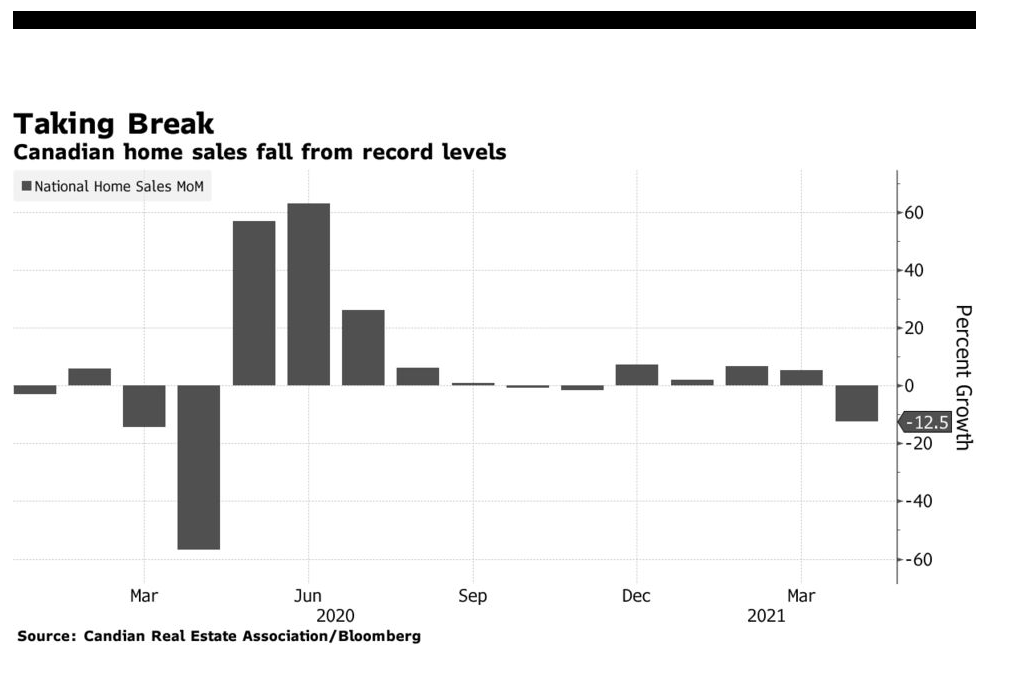It’s tax season, again. Generally, your return for 2016 has to be filed on or before April 30, 2017. If you are one of the lucky ones expecting a significant refund from your 2016 tax return, you may consider using the money to invest in property or pay down your mortgage.
If you are one of the unfortunate ones who has a balance owing to the Canada Revenue Agency (CRA) on your 2016 return, and you just don’t have the money to pay, you are not alone. Almost 300,000 people were in this situation a year ago.
Dealing with Tax Debt and Revenue Canada
If you can’t pay all you owe immediately, you may be able to negotiate a payment plan with the CRA. For example, if you owe $2,000, you may offer to pay the CRA $200 per month for the next 10 months. It’s important to note, though, the CRA will continue to charge interest and penalties until your debt is paid off.
Refinance to Pay Off CRA Balance
Many unsecured lenders charge high-interest rates on debt owing, making it impossible to pay off without the help of a lower interest solution. This is where it can really pay off to seek out the help of a Mortgage Professional if you currently own a home with available equity and have high-interest credit cards and/or bills, refinancing to consolidate your debt to the CRA may make sense for you. Our trusted lending partners offer mortgage solutions to help consolidate your debt and have you come out the other end paying lower payments while still getting the debt paid off faster than you would have otherwise.
Avoid Dipping into Your RRSP
If you can, avoid taking the money out of your Registered Retirement Savings Plan (RRSP) as this will just cause a tax problem next year.
When you make the withdrawal from your RRSP, an amount will be withheld towards your income tax for the withdrawal year. Assuming you have other income, then you are likely to owe the CRA even more than the amount withheld because the withdrawal is effectively taxed at your marginal rate.


